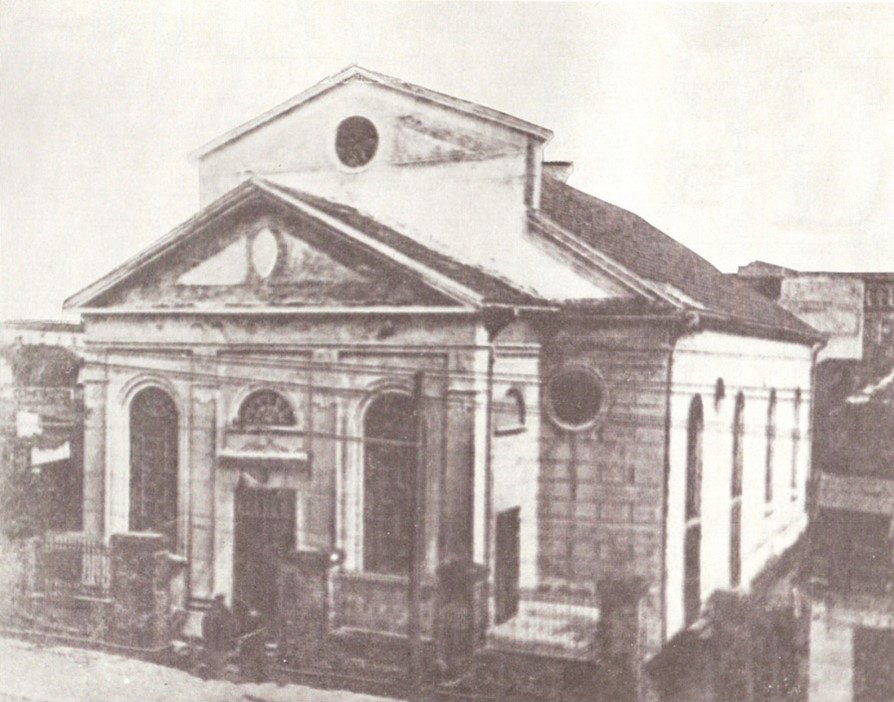Yom Kippur under Siege and in Distress
Memories of the first (5700/1939) and last Yom Kippur (5705/1940) in “the years in which we saw evil.”
80 ago, and 85 years ago.
Yom Kippur Eve
“Boycott” on the organizers and participants of private minyans (prayer quorums) on Yom Kippur.
At the beginning of the occupation, the Germans set a curfew for the Jews in Zegrze, as elsewhere. From 5 pm until the next day at 8 am, Jews were not allowed to leave the house.
Jews were forbidden to hold gatherings and social meetings of any kind. In particular, they were forbidden to pray in groups, in any form.
All synagogues, study halls and shtieblach (small synagogues) were closed. The ban on praying in group also applied to people praying in groups in private homes. For violating the order, the Germans threatened draconian punishments, even the death penalty.
Accordingly, in order to prevent a disaster, the rabbi was forced, as a “mara de’atra” (rabbinic community leader), to decree with a heavy heart a boycott of those who organized private minyans on Yom Kippur 5700 (1939).

The synagogue in the town of Zegrze
(D. Dombrowska, Sefer HaZikaron LeYehudei Zegrze)
Yom Kippur 5705
Yom Kippur of the year 5705, on Wednesday September 27th, 1944, was the sixth Yom Kippur under the rule of evil.
On this Yom Kippur I did not merit to join the secret minyan that took place in the “Warta” camp, because the week when Yom Kippur fell, my shift worked during the day, so all day I had to stand in the pit, under the hot grill of the “Hellish” oven (…)
As much as we were engrossed in our arduous work under the burning and hot oven, the trembling and terrified heart fluttering from the horror of the Day of Judgment, “Who is for life and who is for death” was not an emotional poem for us but a tangible threat. On the eve of Yom Kippur I witnessed an interesting phenomenon. Jewish prisoners approached each other, even people who had never met and had never exchanged a conversation, precisely on the eve of Yom Kippur they approached and blessed them that they would merit to see the day of liberation, to see the downfall of the murderers of our people.
Although in the Warta camp everything was blacker than black, on the eve of Yom Kippur it was as if some supreme holiness descended and sheltered us with her wings.
This holiness is a barrier between us and the gentiles around us. Even we, the workers of the “Kotlowania”, standing under the huge oven, the hell, on this day felt a mental restlessness. We had some expectation of something. A kind of holy fear that threatens on the Day of Judgment…
On Yom Kippur of the year 5705, while in the synagogues of the free world Jews were sitting and praying to God and asking for “my son, my life and my sustenance,” I was busy with the “trumat hadeshen,” with raking the ashes that were not consumed in hell…
(H. Sharshevska, HaPerek HaAcharon, pg. 57)















